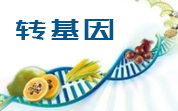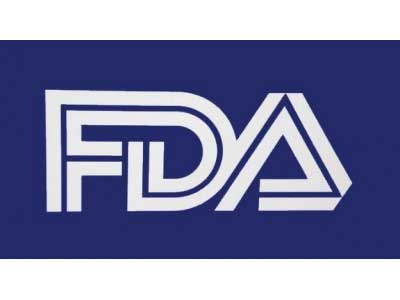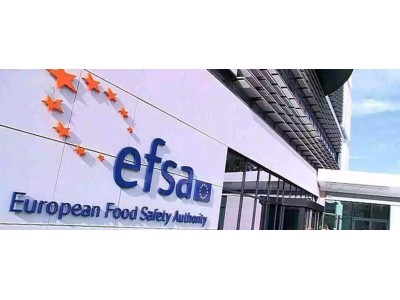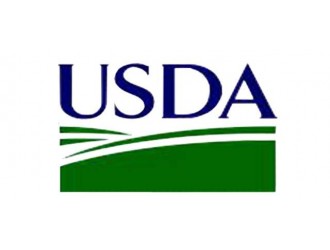гҖҖгҖҖйғЁеҲҶеҺҹж–ҮжҠҘйҒ“еҰӮдёӢпјҷь/div>
гҖҖгҖҖIn accordance with Article 6 of Regulation (EC) No 396/2005, the applicant Bayer AG Crop Science Division submitted a request to the competent natio
nal authority in Italy to modify the existing maximum residue level (MRL) for the active substance fluopyram in kiwi. Additionally, the applicants Bayer Crop Science SA and Bayer SAS Crop Science Division submitted two applications to the competent natio
nal authority in Germany to modify the MRLs for fluopyram in certain stem vegetables, seed spices, apples and soyabeans ba
sed on intended EU uses as well as to lower the existing EU MRL in pome fruits and to raise the existing EU MRL in peanuts on the basis of authorised use of fluopyram in the USA. The data submitted in support of the request were found to be sufficient to derive MRL proposals for all the crops under assessment except for palm hearts and bamboo shoots. Adequate analytical methods for enforcement are available to co
ntrol the residues of fluopyram in commodities under co
nsideration at the validated limit of quantification (LOQ) of 0.01 mg/kg. ba
sed on the risk assessment results, EFSA co
ncluded that the short-term intake of residues resulting from the use of fluopyram according to the reported agricultural practices is unlikely to present a risk to co
nsumer health. A long-term co
nsumer intake co
ncern is identified if the current MRL of 0.8 mg/kg in pome fruits is maintained and new MRLs for other commodities under co
nsideration are supported, with apples being the highest co
ntributing commodity to the diet for which exposure exceedances were noted. The chro
nic risk for co
nsumers is unlikely if a lower MRL of 0.6 mg/kg in pome fruits proposed by the applicant is considered. Further risk manager co
nsiderations are required.
гҖҖгҖҖжӣҙеӨҡиҜҰжғ…еҸӮи§Ғпјҡhttps://efsa.onlinelibrary.wiley.com/doi/10.2903/j.efsa.2023.8036
гҖҖгҖҖ
жң¬ж–Үз”ұйЈҹе“ҒдјҷдјҙзҪ‘йЈҹе“Ғиө„и®Ҝдёӯеҝғзј–иҫ‘пјҢдҫӣзҪ‘еҸӢеҸӮиҖғпјҢжңүд»»дҪ•з–‘й—®пјҢиҜ·иҒ”зі»news@www.sqrdapp.comгҖҒь/span>
зӣёе…іж”ҝзӯ–и§ЈиҜ»










 ең°еҢәпјҷь/font>
ең°еҢәпјҷь/font>

 欧зӣҹиҜ„дј°иҪ¬еҹәеӣ зҺүзұіMO
欧зӣҹиҜ„дј°иҪ¬еҹәеӣ зҺүзұіMO
 欧зӣҹиҜ„дј°дёҖз§ҚйәҰиҠҪзі–ж·Җ
欧зӣҹиҜ„дј°дёҖз§ҚйәҰиҠҪзі–ж·Җ зҫҺеӣҪжӢҹж’Өй”ҖиӢҘе№ІиӮүзұ»еҸүь/a>
зҫҺеӣҪжӢҹж’Өй”ҖиӢҘе№ІиӮүзұ»еҸүь/a> йІҒе…¬зҪ‘е®үеӨ 37060202000128еҸ¶ь/a>
йІҒе…¬зҪ‘е®үеӨ 37060202000128еҸ¶ь/a>



